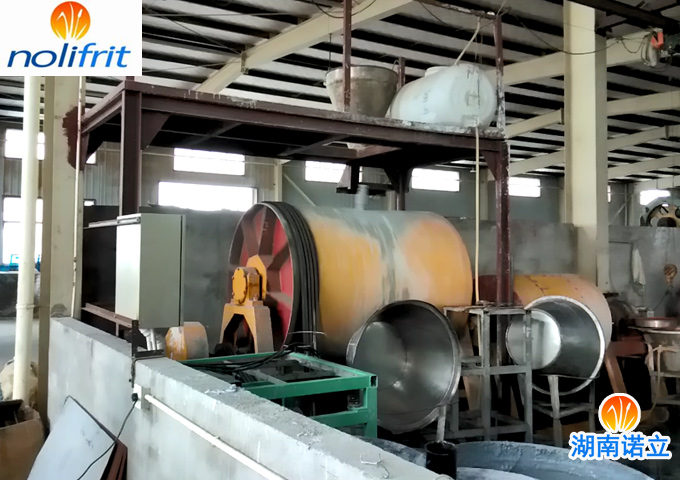Inspection Ball Mill Sieve Residue of Enamel Frit
In order to reduce the defects in the coating process, it is recommended to check the entire enamel frit ball mill sieve residues, these sieve residues may come from the damage of the ball milling equipment and foreign contaminants.

After the ball mill fineness is tested, the residue on the sieve remains in the measuring beaker. Pour out part of the upper layer of clear water, shake to mix the remaining water with the residue on the sieve, and pour it on the filter paper or white cloth. The residue on the sieve is not only Contains enamel particles, but also contains other substances, and then it is recommended to further examine what foreign objects are and where they come from.
The white, very hard particles are most likely from broken balls or stone-lined ceramics or talc. The stained gray particles may be broken clay minerals. In this case, after the ball mill is loaded, the clay has agglomerated in the ball mill and is not wetted by water.
In addition, rust spots are also uncommon. Their sources may be various. In any case, people should find out the source of pollution, because during the enameling process, any black spots, gray spots and white defects often From contaminated enamel slurry, in most cases, these contaminations can be found in the sieve residue.
In order to determine whether the sieve residue will cause defects in the coating process, a larger amount of enamel slurry can be taken and sieved. Take 5 to 10 grams of the sieve residue and 100 ml of the used enamel slurry, mix and stir, and use this mixture for proofing , In order to determine whether the enamel defect comes from the sieve residue.